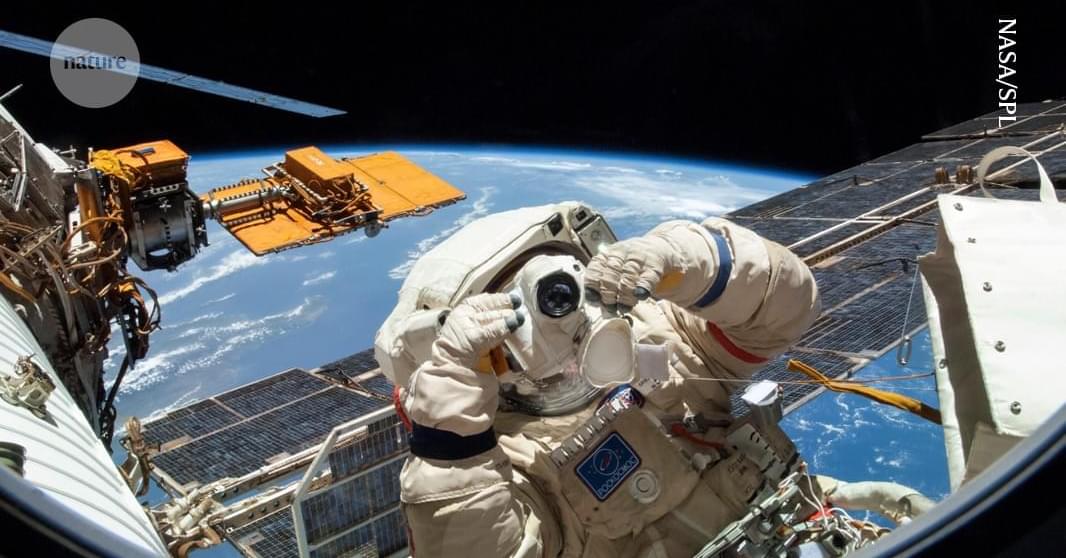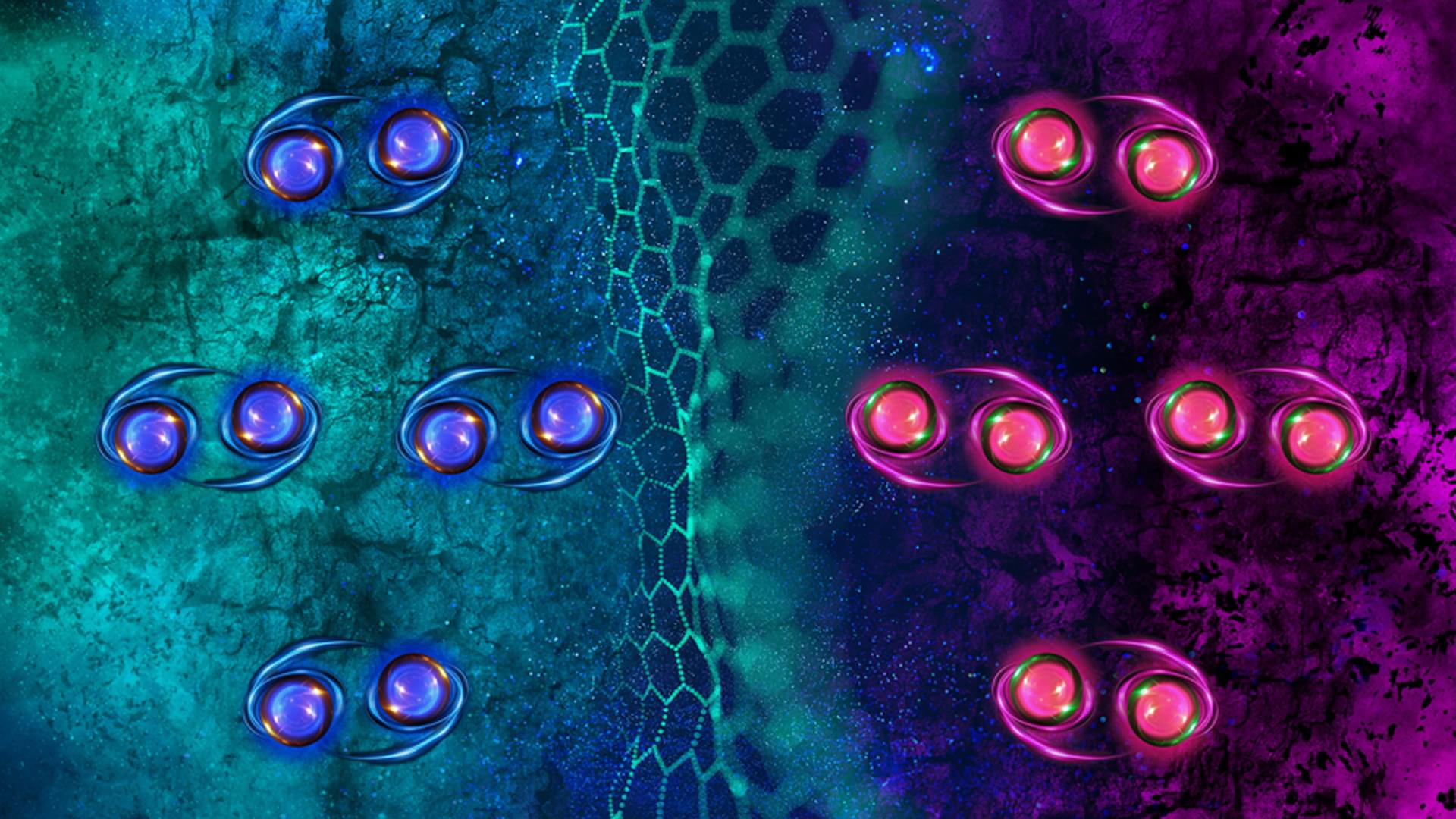Mysterious syndrome remains a ‘red risk’ for long-term spaceflight.
Scientists at MIT discover a rare form of graphite that defies expectations by exhibiting both superconductivity and magnetism.
Get free science-backed biohacks, longevity tips, daily motivation boosts, and the latest biohacking news. Click to read Better Than Yesterday | Daily Biohacking, a Substack publication with hundreds of subscribers.
Discover the top 10 sauna benefits backed by research — from improved sleep to immune support. Sauna is one of the best daily health tools.
World’s top optimal health, biohacking and longevity conference. Our next events: 14–15 June 2025 Tallinn, Estonia and 10–11 October 2025 Tokyo, Japan
💊 Why “natural” doesn’t always mean safe, and how to protect your liver with smarter choices
Inside the full-body blood swap experiment that’s sparking debate across the anti-aging world
New clinical trial shows daily omega-3 supplements reduce biological aging in older adults









